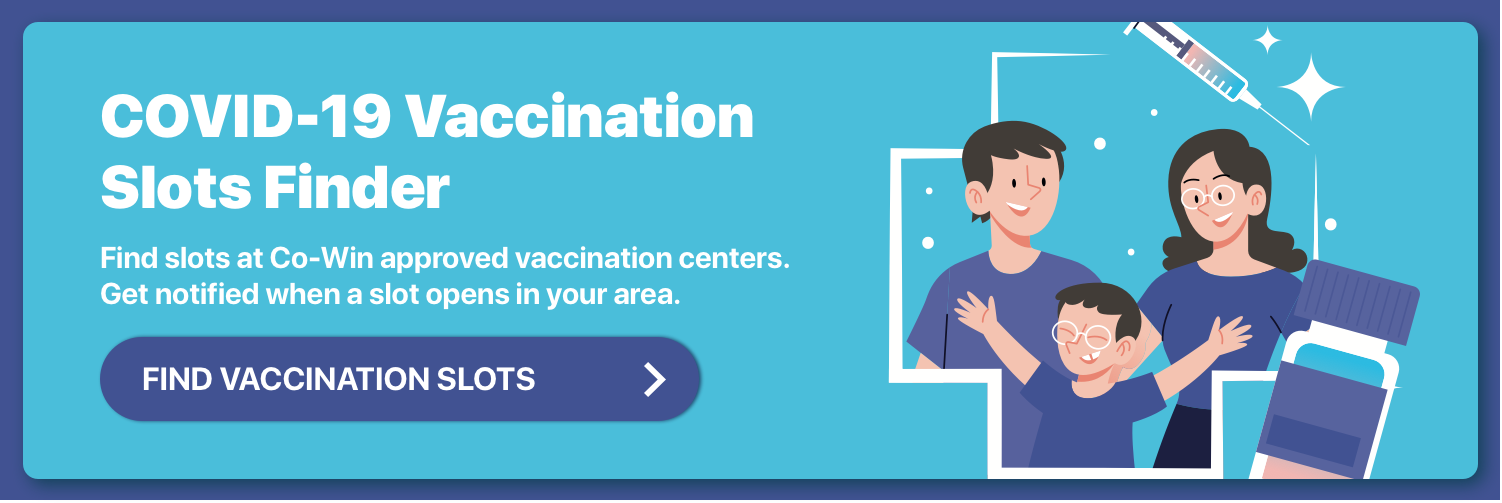Artificial/Synthetic Food Colours - Types of Dyes & Their Harmful Effects
12 months ago
3 minute read.

When you step into the market and look around you, the food looks so vibrant and you just can’t resist but put them in your grocery bag or eat it right away. But when you try making the same dish at home, it is never the same!! Ever wondered why?
Synthetic Food Color Does All The Magic
Synthetic/Artificial Food color is a substance that is added to food or drink to change its color. It is an important constituent. When we think of an apple, our mind shows a nice picture of red color, grapes are also associated with blue or green color. The addition of color to food gives an attractive and appetizing appearance and also enhances its acceptability.
You may also like: Is your apple wearing makeup?

Natural Food Coloring in Ancient Times
Ancient people used natural ingredients like saffron and turmeric to give a deep orange or yellow color to various foods. Other natural foods such as carrots, grapes, spinach, tomatoes were also used as coloring agents.
Chemical Food Coloring
With the advent of food technology, we now have a wide range of artificial food colors as additives. They are manufactured chemically and are most commonly used in pharmaceutical and cosmetic industries besides the food industry. Some of the chemicals used may not be under permissible values and hence make the entire food unsafe.
You may also like: Should you say no to artificial food colors?
Different Food Color Dyes
- Blue 1– Blue shade
- Blue 2 – Indigo shade
- Green 3 – Turquoise shade
- Citrus Red 2- Orange shade
- Orange B- Red shade
- Red 3 – Pink shade
- Red 40 –Red shade
- Yellow 5 –Yellow shade
- Yellow 6 – Orange shade etc.
Not every dye out of these is available to the general public. Food dyes available in the market are out of the ones which have been permitted under the Food Safety and Standards Act, 2006.
In India, the following food color dyes are permitted-
- Red 3- Erythrosine
- Red 10- Carmoisine
- Red 18- Ponceau 4R
- Green 3- Fast Green FCF
- Yellow 5- Tartrazine
- Yellow 6- Sunset Yellow FCF
- Blue 1- Brilliant Blue FCF
- Blue 2- Indigo Carmine
Is Artificial Food Coloring Bad for You
This is something that you probably have not given thought to. The only advantage of the food color is to make the food look more appetizing.
THE DISADVANTAGES OF SYNTHETIC FOOD COLORING SEEM TO OUTWEIGH THE ADVANTAGES.
- Many countries warn by writing special instructions on the color so that it can be used wisely. For example, In Europe, a few dyes (yellow 5, yellow 6) have a warning text- ‘may have an adverse effect on activity and attention in children’. These are related to allergic reactions. Though in India, there are no such warning signals on food dyes to avoid.
- They are carcinogenic and can cause cancer as some artificial food colors are also associated with the production of carcinogenic compounds while getting metabolized.
- Yellow 3 has been linked with a few allergies (especially those who are sensitive to ‘aspirin’).
You may also like: Artificial Flavors, A Chemical Mask On Your Food!
- According to sources, Red 3 dye when tested on mice, created a risk of thyroid tumor/cancer.
- Red 40 dye has been suspected with carcinogen which damages the liver, and stomach in animals. It has also been associated with behavioral issues in children. They may increase hyperactive behavior in some children. It includes chemicals like sodium benzoate linked to hyperactivity.
- Synthetic food color dyes can destroy the nutrients in the food because of their chemical composition.
- They can also cause skin irritation and eczema, a type of skin rash, etc.
- Artificial food colors can also cause intestinal upset and breathing problems.
Go Natural...
Processed food is mostly equipped with artificial food dyes which provides us with one more reason to avoid them. As already stated, these synthetic dyes affect children to a great extent, so if your children are having aggression issues, it is time to eliminate them from their diet. Also, check the content and make sure, if you ever buy any synthetic dye, it is a permissible one.
Hence, Go Natural!!! Natural colorants are extracted from natural herbs and plant parts. For example, kokum, beetroot, and safflower form a very large source of natural coloring agents. Enhance the nutrition in the food as well as its color by using a natural color.
Our experts at The Wellness Corner believe that the usage of food colors is not bad, but the right use of the right color is of utmost importance. It's not about how appealing your food looks, it is about how healthy your food is.

Leave a Comment
Related Articles
Health Checks @ Home
Service
Explore
© 2025 Truworth Health Technologies Pvt. Ltd.




